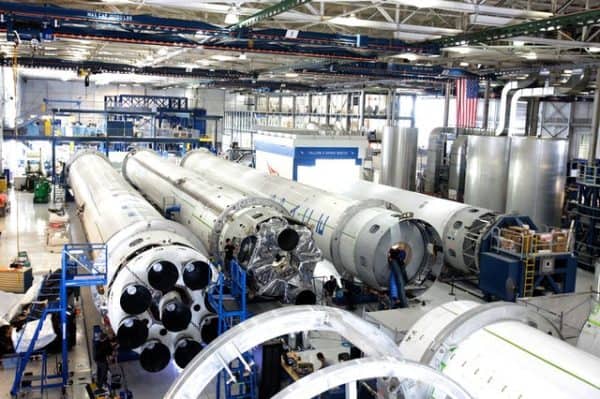
A couple of million years ago, humans started using tools to make life easier. From early tooling made from sticks and stones to more advanced axes and cleavers, right up to the most impressive machinery from our current modern age – being industrious is simply in our genetic makeup. As we evolve and get smarter, so do our machines and tools – including the materials we choose to make them out of. Here are the top 5 materials that are used most often in industrial machinery.
Stainless Steel
Stainless steel is one of the most popular metals around, mainly because it is strong and highly resistant to corrosion. It is available in a variety of grades and alloys which will determine its price, availability and dictate how well it can be machined. One of the reasons stainless steels are so popular is because they are easy to weld and work with.
Carbon Fiber
Carbon fiber has long since been favoured for its sheer strength and durability and despite being so
strong it remains a lightweight material to use. Round carbon fiber tubing is far less susceptible to wear and tear and is amazingly durable in corrosive environments. Is it also thermally and electrically conductive which is one of the reasons that carbon fiber wins over other material options like steel, aluminium, and plastic. There is no other material quite like carbon fiber, which is why it remains a firm favorite across various industries, particularly the automotive one.
Aluminium
In the late 1880s, techniques were discovered that allowed aluminium to be produced in relatively cost-effective ways. Aluminium is an extremely versatile metal with several advantages for industrial machinery right up to today. It is corrosion-resistant and lightweight, not to mention it is a flexible material to use. Besides being electrically and thermally conductive, it is also recyclable.
Copper
Copper was first used by man over 10 000 years ago. Since those very early days, we have been perfecting our use of this material – and being more careful with what we mix it with. Fast forward to the 1800s where man discovered that copper wire was capable of being a conductor, this discovery quickly made copper a staple material used in industrial machinery. Tabletops, railings, and tools are all often made from this popular metal.
Brass
Brass is mostly used for decoration and mechanical use. Brass has unique properties that allow it to be resistant to corrosion which makes it a popular material choice to this day. The proportions of zinc and copper directly impact the properties of the brass. Brass is also resistant to bacterial growth which makes it the perfect choice for doorknobs and medical applications. Brass is also widely used for making decorative objects because of its aesthetically appealing qualities and beautiful color. It is also a favorite choice for shell casings, bearings, and gears. Tools made from brass are recognized for their long lifespan and a reduced need for sharpening.
 Gearfuse Technology, Science, Culture & More
Gearfuse Technology, Science, Culture & More


